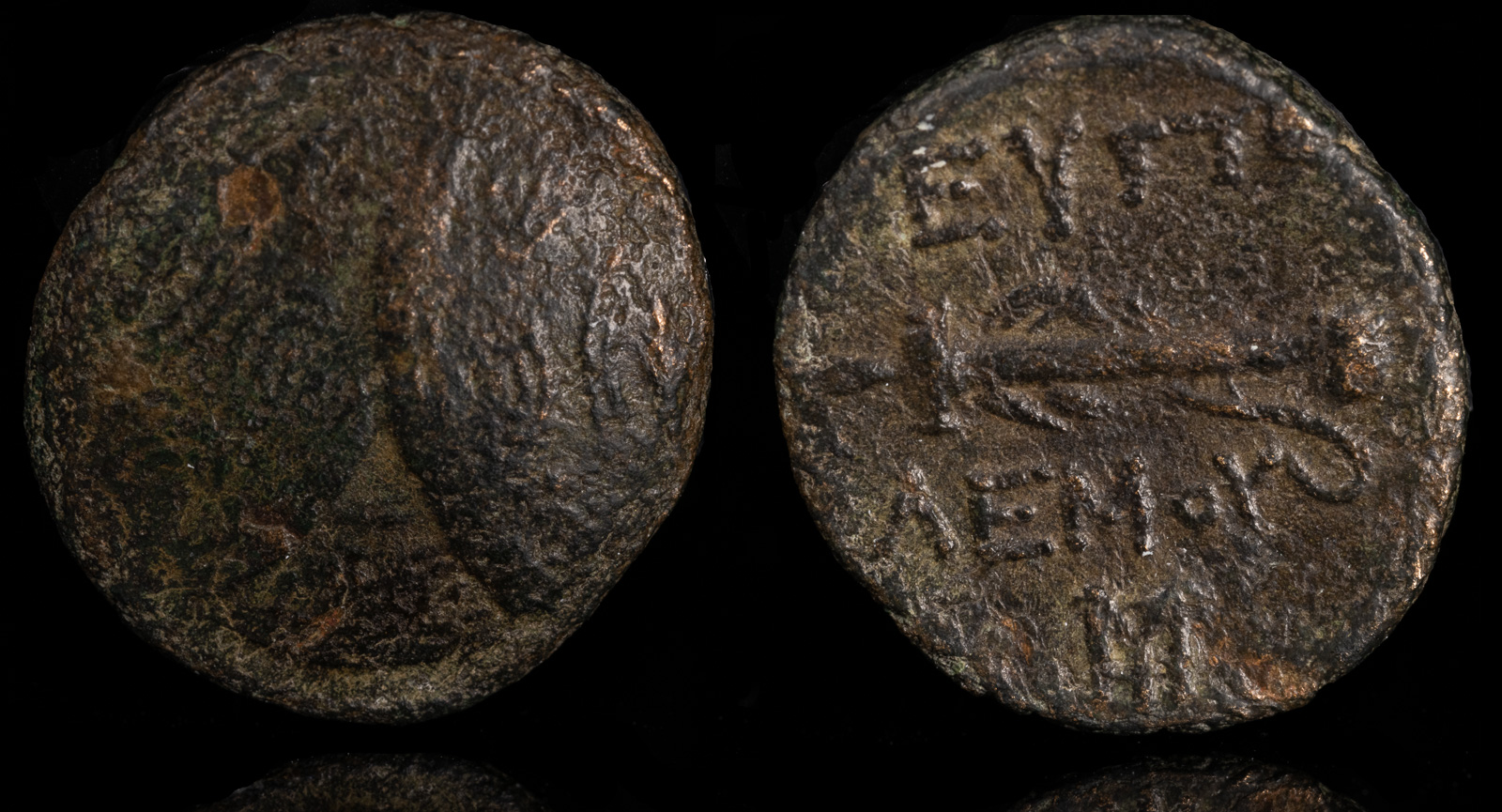Sword
View All Tags
The xiphos was a double-edged straight sword used by Greek hoplites, particularly in close combat. It was typically around 60 to 75 cm (24 to 30 inches) in length and was designed to be carried as a secondary weapon, with the primary weapon being the spear. The xiphos was a versatile sword that could be used for both cutting and thrusting, though it was particularly effective for thrusting in tight formations. The xiphos symbolized the adaptability and endurance of the hoplite soldier and was crucial during the final stages of combat when the spear was no longer practical.
The kopis was a single-edged, curved sword used predominantly by the ancient Greeks, though it also became popular in the Hellenistic and Roman periods. Its distinctive curved blade made it particularly effective for slashing attacks, ideal for mounted combat or infantry in close quarters. The kopis was favored for its ability to deliver powerful, cleaving strikes, and its design made it well-suited for cavalry, where quick, decisive strikes were needed. The kopis was often carried by light infantry and cavalry units, who relied on its cutting power rather than thrusting.
The gladius was the primary sword of the Roman legionary and became a symbol of Roman military power. There were two main types of gladii: the gladius Hispaniensis (or Spanish sword), which had a longer, broad blade, and the gladius Pompeianus, which was shorter and more tapered. The gladius was well-suited for thrusting in close combat and was primarily used in tight formations, such as those seen in the Roman testudo or shield wall. Its effectiveness lay in its ability to inflict quick, deadly thrusts, often between gaps in the enemy’s armor. The gladius was carried by soldiers of all ranks, and its durability and versatility made it an essential tool for the Roman military, which relied on discipline and formation fighting to win battles.
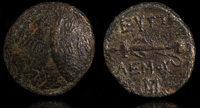
Eupolemos 295-280 BCE
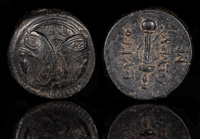
Eupolemos 295-280 BCE
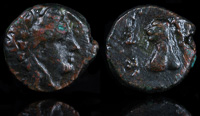
Leon of Paeonia 278-250 BCE
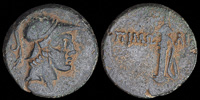
Pimolisa, Paphlagonia 111-90 BCE
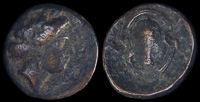
Salamis, Attica 350-318 BCE

Skarpheia, Lokris 400-338 BCE
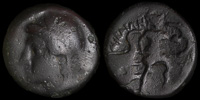
Thebai, Thessaly 302-286 BCE
